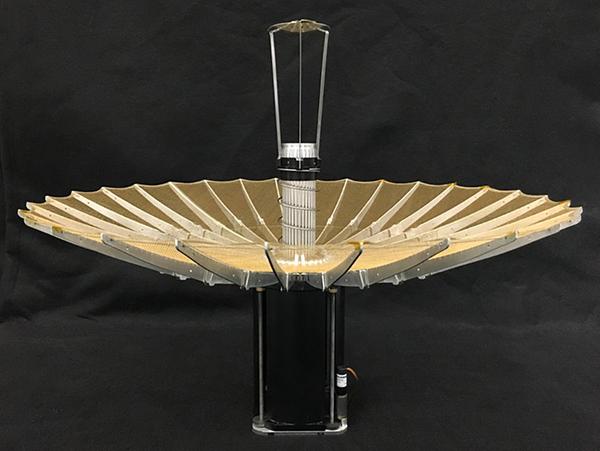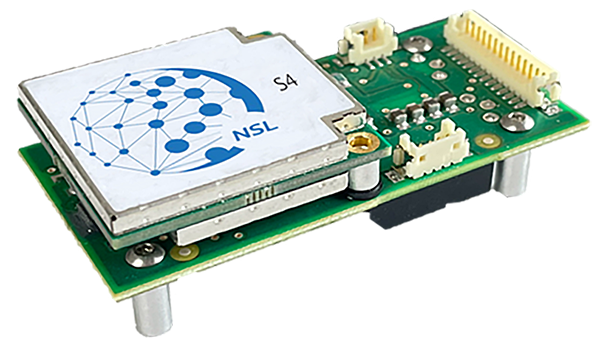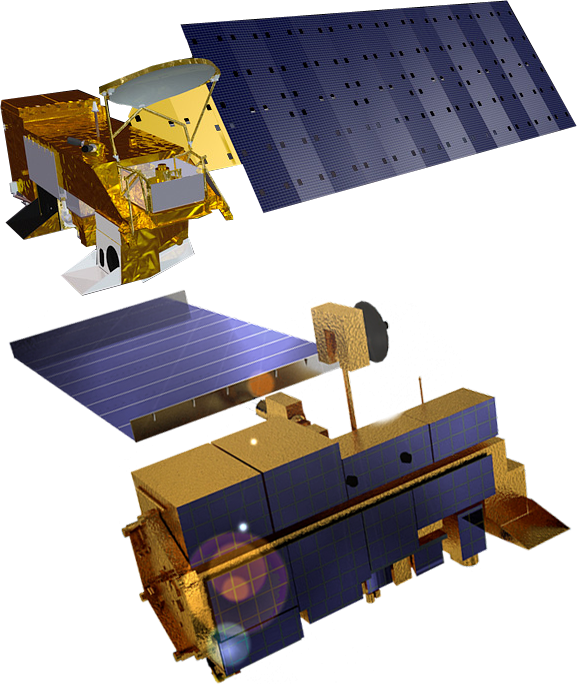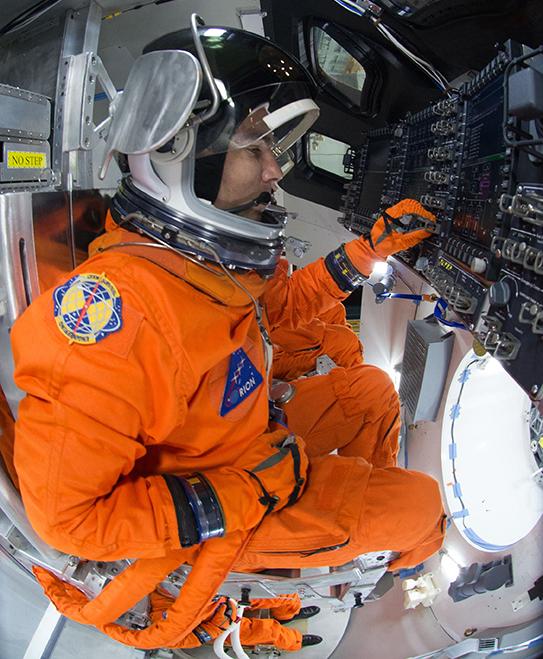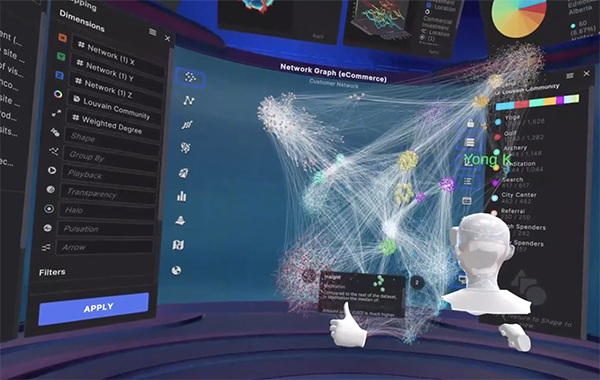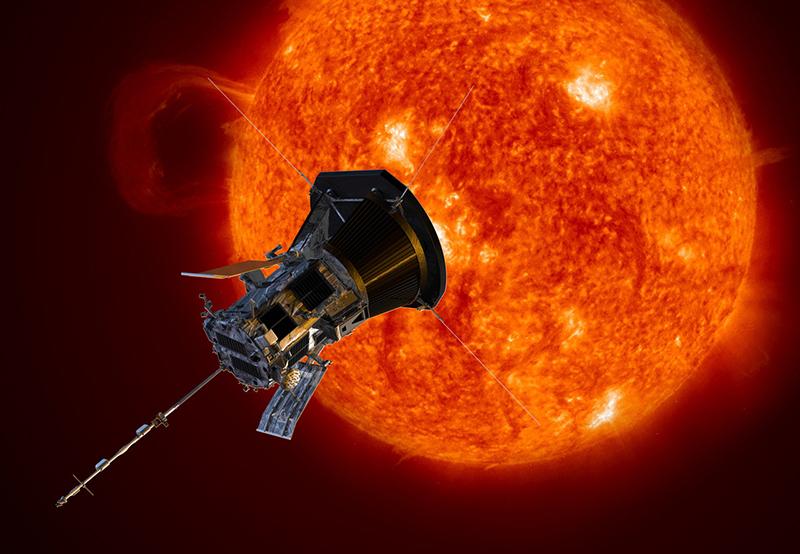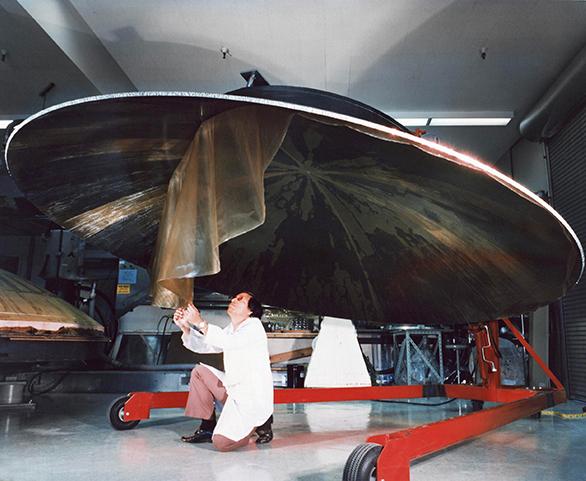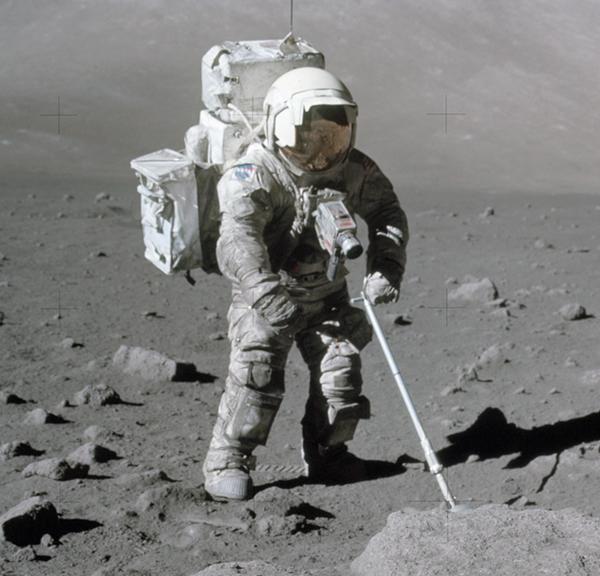Engineering Performance
An essential tool for designing distributed computer systems has been developed by AST Engineering Services, Inc. (AES) of Englewood, Colorado.
Under Small Business Innovation Research (SBIR) contracts with both Goddard Space Flight Center (GSFC) and the Jet Propulsion Laboratory (JPL), AES conceived of a system engineering computer software tool called QASE® that can model how certain applications will affect a proposed system's performance. QASE stands for Quantitative System Engineering, and is a commercial product based on the merger of two ancestor tools from the JPL and the Navy.
The product is currently used to support NASA's Earth Observing System (EOS) Data and Operations System (EDOS) initiative. EOS satellites are part of a 10-year effort to discern human impact on global climate change. Such research is destined to underscore the need for better stewardship of the Earth's delicate biosphere. Computer power necessary to assemble and then distribute massive databases of global climate change information is mind-boggling.
In a world where governments and large corporations rely on massive computer systems to operate, one mistake in developing a system can cost millions, if not billions of dollars. Enter AES, five years of work, and the development of a systems-performance tool. At the root of the software tool is a single tenet: engineering more performance into software instead of throwing hardware at the problem.
AES' QASE computer software tool allows its user to describe and analyze a complex computer system, and evaluate system timing and capacity. Easily operated by the user, being a modeling and simulation expert is not required. The system description is automatically translated into analytics, simulation models, and executed.
This impressive software tool is a hierarchical entity-attribute specification. Object types provide for efficient and consistent descriptions of hardware, software, and data. Entities include:
- Hardware Diagrams - graphical processor, storage, and communication architectures;
- Software – structures definition of resource use;
- Data – logical data stores and flows;
- Operating Systems - process overhead and scheduling disciplines;
- Communication Protocols; and Allocations - software to processors and data to storage devices.
- AES promotes its NASA SBIR-funded product as giving users key benefits. Among them are to:
- Respond with confidence in proposals and reviews that your system design meets performance requirements;
- Reduce costs for the users and customers by knowledgeably sizing and using computer network resources;
- Compare system performance among multiple vendors and different architectures;
- Streamline the software design process by identifying those components that most affect performance; and
- Redesign and troubleshoot current systems.
As the era of the International Space Station begins in 1998, AES has already provided system engineering expertise to NASA, in a subcontractor role to IBM Federal System Division. The company supported the development of a Space Station Data Management System (DMS) through analysis and requirements definition. The Space Station's DMS was reviewed as to requirements for traceability, completeness, and testability. A second task involved examining the overall Space Station objectives and operations. AES work in this area resulted in identifying which Space Station activities could be automated on the DMS, and defining the technologies for doing it. The study resulted in a report detailing 20 automation candidates across the spectrum of Space Station operations.
®QASE is a registered trademark of AST Engineering Services, Inc..
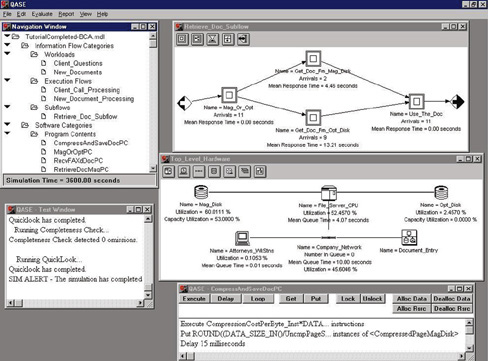
AES computer software tool models how certain applications will affect a proposed system's performance. NASA SBIR funds brought the software system to fruition, now commercialized and applied to major NASA endeavors, like the Earth Observing System and the International Space Station.





